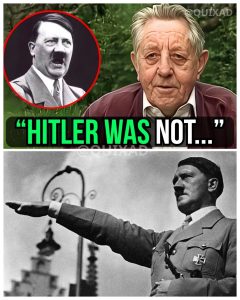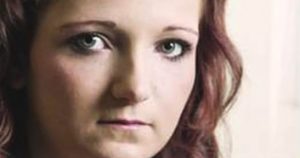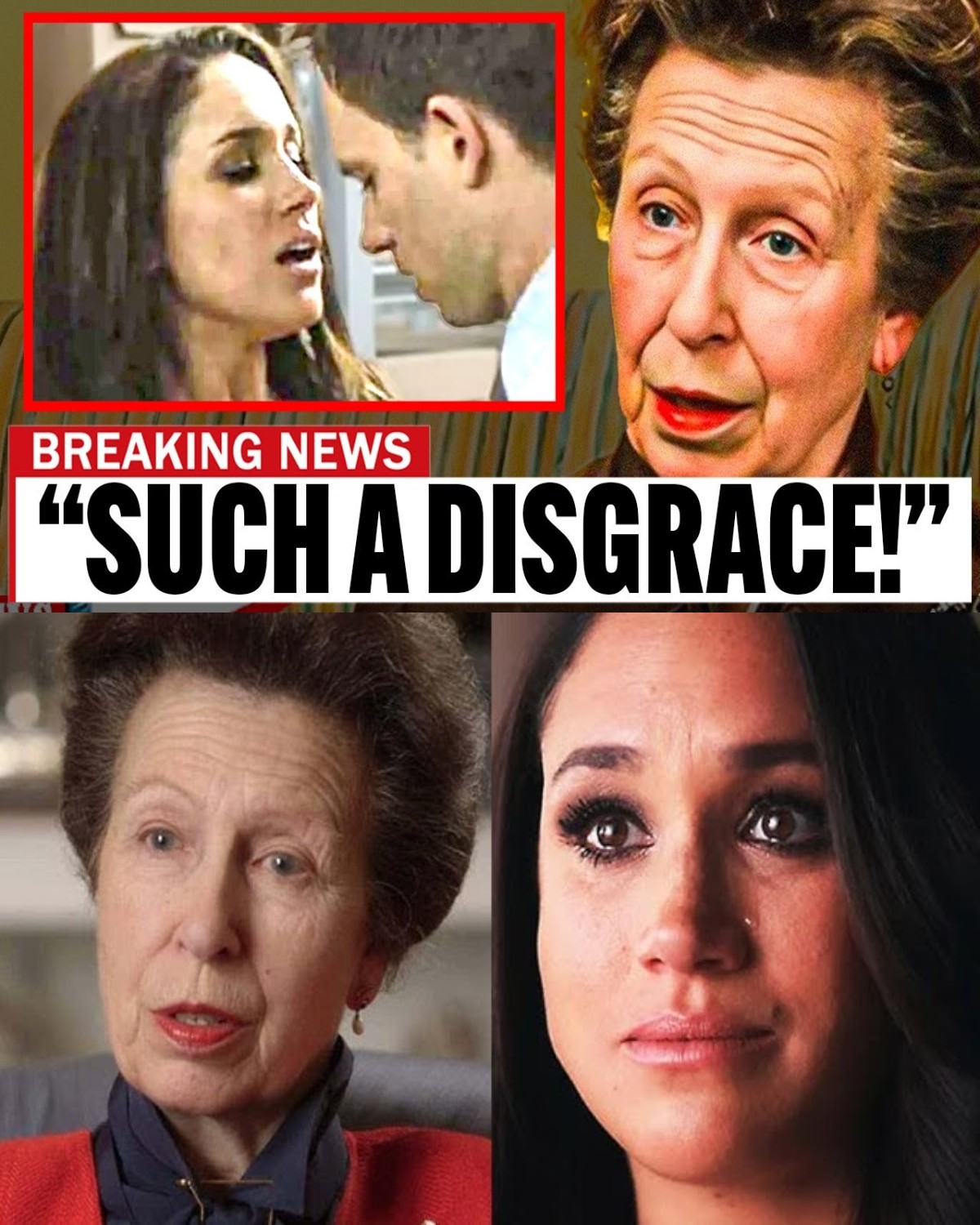For decades, Princess Anne has been recognized as one of the British Royal Family’s most disciplined, duty-oriented figures. Known for her direct manner, work ethic, and preference for privacy over publicity, she represents a model of royal service deeply rooted in tradition. In contrast, Meghan Markle, the Duchess of Sussex, brought a very different energy into the monarchy when she joined the family in 2018—one shaped by modern media, personal autonomy, and a desire to redefine what royal life could look like.
The two women rarely speak publicly about their personal views, and neither has ever confirmed any conflict. Yet their contrasting approaches to royal duty, public communication, and personal boundaries have fueled public fascination and persistent speculation. Instead of focusing on rumor, this article explores the broader cultural, generational, and institutional differences that shape how these two high-profile women navigate their roles.

Their story is not one of hostility—it is a reflection of two visions of monarchy evolving within the same institution.
Princess Anne: A Lifetime Defined by Discipline and Service
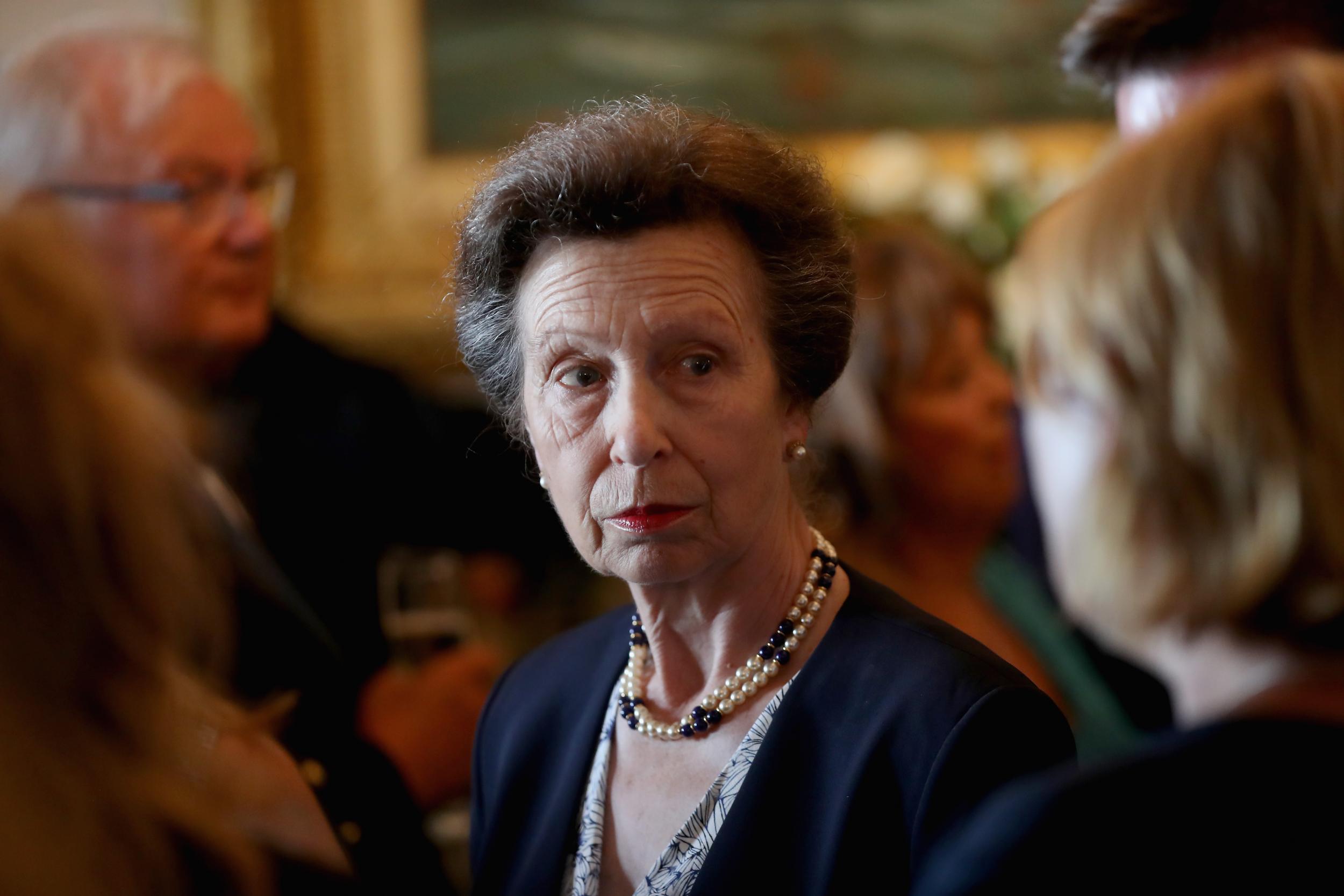
Princess Anne, the Princess Royal, has long been admired within the royal fold for her unwavering focus on duty. Born in 1950, she grew up at the center of the monarchy during a period when traditional expectations were the backbone of royal identity. Royal life for her generation meant:
-
maintaining composure in public
-
avoiding personal revelation
-
prioritizing national service over individual preference
-
respecting institutional continuity above all else
These principles shaped Anne’s adult life. She became one of the hardest-working royals, often completing more than 500 engagements per year. Her style is famously understated—minimal public emotion, minimal drama, minimal publicity stunts. Many observers describe her as the embodiment of the “old-world” royal ethos: service first, self second.
This background represents a model of monarchy designed for stability rather than adaptation—built for a world without social media, rapid news cycles, or globalized celebrity culture.
Meghan Markle: A New Kind of Royal Story
Meghan Markle entered the royal family as a product of a different era—an actress with her own platform, her own audience, and her own established identity. Unlike previous royal entrants, she married into an institution that was already under intense digital scrutiny. Her approach to public life reflected:
-
openness about personal experience
-
willingness to address mental health
-
comfort with modern media formats
-
eagerness to redefine the boundaries of royal communication
For some observers, Meghan symbolized a modernizing force within the monarchy. For others, her forward-facing style felt at odds with the discretion long expected of royal figures. Her and Prince Harry’s decision to step back from royal duties in 2020—framed around issues of personal well-being and autonomy—marked one of the most significant institutional shifts in recent royal history.
This departure highlighted the growing tension between traditional expectations and the demands of a new media landscape.
Two Philosophies of Duty
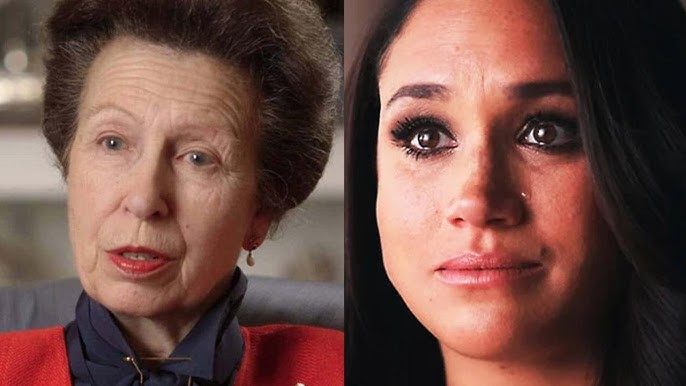
Princess Anne and Meghan Markle represent two very different interpretations of what it means to serve as a modern royal.
Anne’s Philosophy: The Institution Above the Individual
For Anne, duty is expressed through consistency, restraint, and continuity. She famously avoids discussing private family matters and maintains a professional distance from the press. Her belief system places the monarchy’s long-term stability above personal preference—a viewpoint shaped by decades of royal tradition.
In this framework:
-
attention is earned through service, not personal narrative
-
one’s public role is separate from one’s private self
-
the monarchy functions best when its members maintain neutrality
Her approach is rooted in a time when public trust in institutions was higher, and when the monarchy’s strength depended on maintaining mystique rather than accessibility.
Meghan’s Philosophy: The Individual Within the Institution
Meghan’s public presence reflects a different set of values. Coming from the entertainment world, she entered the monarchy with an understanding of how digital platforms can shape public conversation. Her comfort with openness and advocacy—particularly around social issues—aligned with a younger generation’s expectations of public figures.
Her interpretation of duty emphasizes:
-
authenticity
-
personal well-being
-
transparency
-
using one’s platform for social impact
While neither philosophy is inherently right or wrong, they coexist awkwardly in an institution that has historically resisted rapid change.
A Clash Rooted in Culture, Not Personal Conflict
Speculation often frames differences between Anne and Meghan as interpersonal tension. But the deeper divide is cultural and institutional rather than personal.
Generational Differences
Anne’s worldview was shaped during a period when privacy was paramount. Meghan’s adulthood unfolded in a world defined by openness and visibility. These are not merely stylistic differences—they reflect evolving social norms.
Media Transformation
Anne’s career unfolded before the internet. Meghan’s has always been intertwined with global media. Their experiences with press attention—and expectations of how public figures should respond to it—are incompatible.
Institutional Expectations
Anne spent her entire life preparing for a role defined by duty. Meghan entered the monarchy as an independent public figure with her own career and convictions. Their paths into royal life were fundamentally different.
Changing Public Expectations
Younger audiences often prefer transparency; older audiences often prefer decorum. The monarchy must navigate both.
This tension forms the real foundation of public fascination—not claims of anger or resentment, but the clash of two eras embodied by two high-profile women.
The Impact on the Royal Family’s Future
The contrasting approaches of Anne and Meghan raise larger questions about how the monarchy will adapt to the future.
Will tradition continue to define royal service?
Anne’s approach has maintained public respect for decades, especially among older generations who value stability.
Will modernity reshape the monarchy?
Meghan’s approach resonates with younger audiences who favor openness, advocacy, and individual expression.
The institution must balance both if it hopes to remain relevant in a society where expectations evolve faster than ever.
Why This Story Still Captivates the Public
The fascination with Anne and Meghan says as much about the public as it does about the royals themselves.
People project their own beliefs onto the monarchy:
-
those who prefer tradition see Anne as a symbol of continuity
-
those who value modernization see Meghan as a catalyst for change
Their perceived differences mirror broader cultural debates about identity, duty, privacy, and the role of public institutions. That is why their dynamic continues to shape headlines—even without any confirmed personal conflict.
A Tale of Two Visions
Princess Anne and Meghan Markle are often portrayed as opposites, but the truth is more nuanced. They are two individuals shaped by different eras, values, and pressures—each navigating a public role that no outsider can fully understand.
Their differences do not represent hostility. They represent the monarchy’s ongoing struggle to redefine itself:
-
between tradition and modernization
-
between privacy and transparency
-
between institutional continuity and individual identity
And in that tension lies the future of the royal family.
Sources
-
BBC News – Princess Anne profile
-
The Independent – Princess Anne: 7 Things You May Not Know
-
Reuters – Analysis on Harry & Meghan’s Royal Departure
-
The Guardian – How the Monarchy Is Adapting to a Changing Britain
